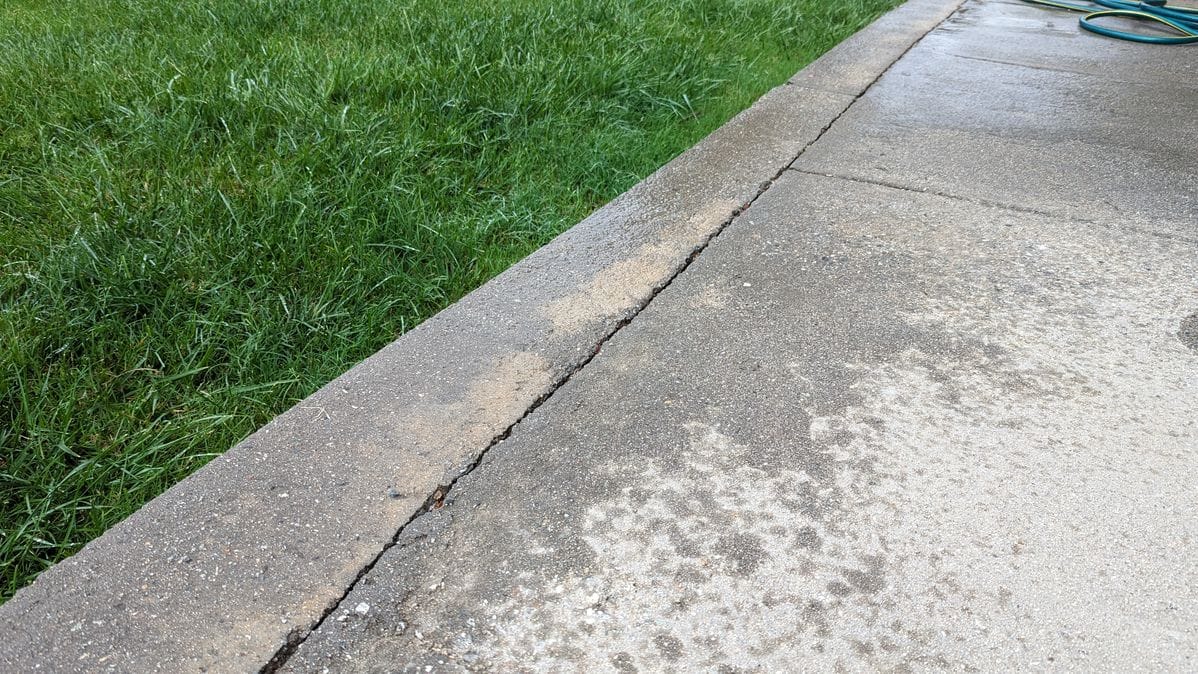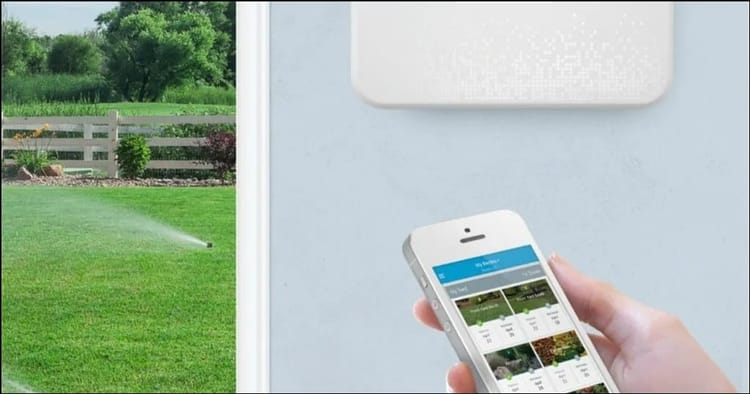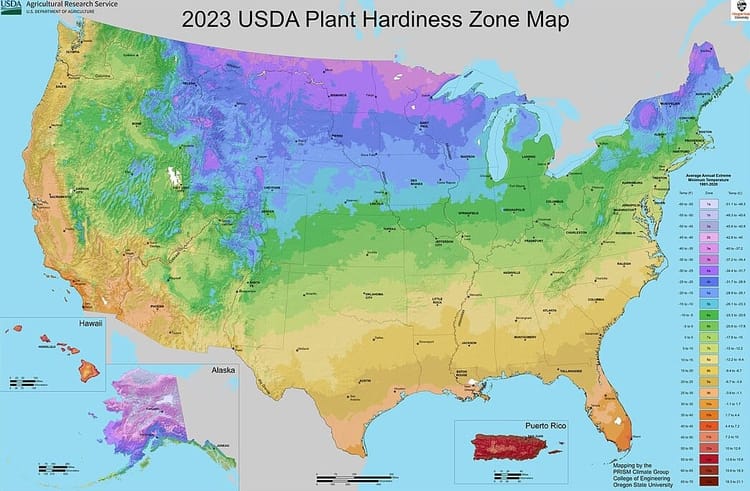Torrential Rain in the Garden
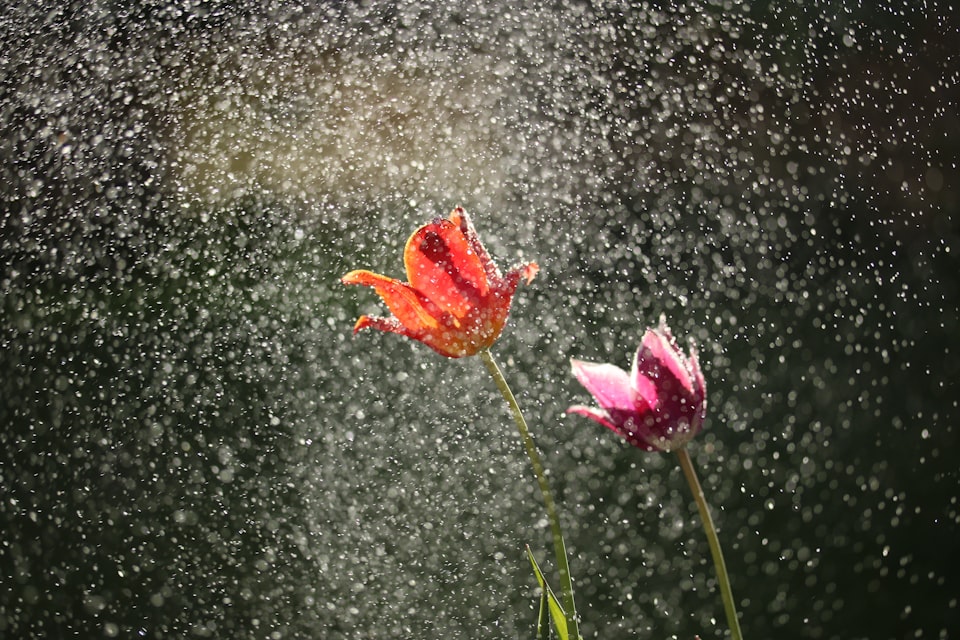
I currently live in Los Angeles, where we just experienced the second atmospheric river of this Winter. My garden received over 2" (50mm) of rain in two days, and that landed on already saturated ground that received a remarkable amount of 9" (229mm) two weeks ago.
That is ELEVEN INCHES (279 MM) of rain so far in February.
This is a lot of rain for this region, where the historical average rainfall for the whole month of February is 3.6" (91mm). In Southern California, we have received more rain this month than we normally receive in one year. 11" (279mm) of rain exceeds the yearly average from the last 17 years on record.

When excessive rainfall happens in a generally dry area like this, it can wreak havoc with natural land. Flooding, mudslides and erosion are common occurrences when we get storms like this. Even if these catastrophes do not affect you directly, you should still survey your garden for ill effects after a storm like this.
100 Year Flood
As a trained landscape designer, I am expected to plan gardens to tolerate a "100 year flood". 100 Year Flood is a term used to describe the worst storm experienced in one day in the last 100 years. As weather tends to be cyclical, we look to the past to predict the worst that can happen in the future.
In today's post, we explore this topic of managing your garden after torrential rain. The following content explains some of the things to look out for after the rain event. We will also explain some measures that can be taken to manage the excessive rainfall in advance.
Waterlogged Soil
After a torrential downpour, you should check to see if there is any excess puddling on the soil in your garden, indicating the soil is completely waterlogged.
If you have heavy clay soil, it is difficult for the soil to absorb all the water quickly, and this can cause rot for some plants that do not like having wet feet. Plants that do not like having wet feet will be indicated in plant guides as preferring well-draining soil. If there will be hot weather after the rain and while the ground is still soaked, these may become casualties as their roots can start rotting away.
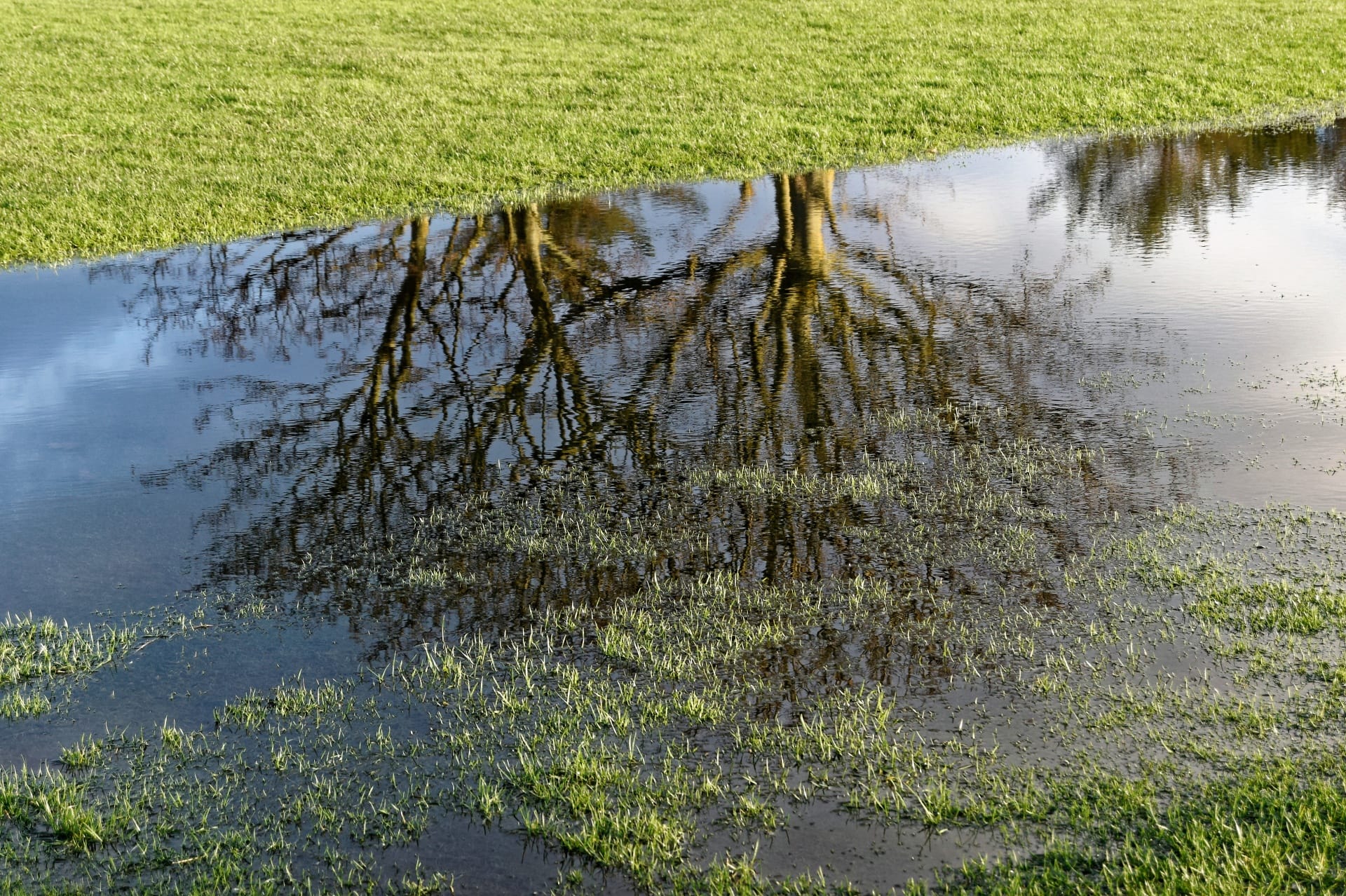
Excess water that is forming fairly deep puddles can either be left to drain naturally, or you can use a hand bilge pump to remove the water from that area. Sometimes, piercing the soil with a garden fork can effectively loosen the soil to help it drain.
Mulch will get displaced in the rain, so make sure it is pushed away from the crowns of plants to allow this part of the plant to dry out. You should always ensure that mulch is not touching the crown of a plant and this is especially important when the ground is soaked.
Avoid walking on areas with waterlogged soil. Often, the water-logging is due to the compaction of soil, which is why lawns will often flood with groundwater. Walking on the surface of these areas when it is wet will compact the soil even more.
Soil Structure
You can prevent a lot of the issues with waterlogged soil by conditioning your dirt. Cultivating the soil by regularly mixing it with compost will help improve soil structure in plant beds. Organic mulches that decompose fairly quickly like shredded wood and leaves will also help improve soil drainage.
Do not try to improve clay soil drainage by adding sand! This is a common myth; adding sand to clay soil will create an even harder cement-like soil structure
For lawn areas, they should be periodically aerated, which is the process of inserting spikes into your lawn to create small holes. This helps loosen the soil and allows water to drain faster. You can also do this after a lawn is flooded to help drain the water faster but it is best done in the Autumn of each year to prevent the flooding in the first place.
Installing a drainage system
Sometimes, you may need drains to move excess rainwater from your soil. While methods to improve soil structure are a great long-term solution, there may be instances where you want to immediately prevent excess moisture in the soil, especially near structures like building foundations or retaining walls. Solutions may include a french drain that pulls water out from the soil, or a standard drain for removing water that is flooding the surface.
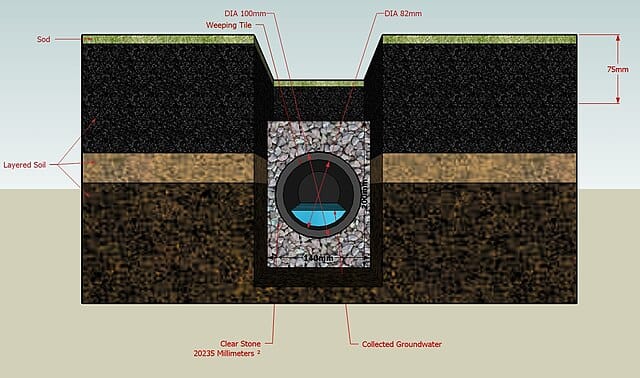
Inspect for Damage
After heavy rain, even if there was not much wind, there may be damage to the plants and trees in your garden due to the weight and persistence of the raindrops. Inspect branches for damage and make a note to prune any damaged branches when it is dry (open wounds are more susceptible to infection when wet).
Check also for any shrubs or small trees that may be leaning over after the rain has pushed them in one direction. These will need some temporary staking to get them back upright.
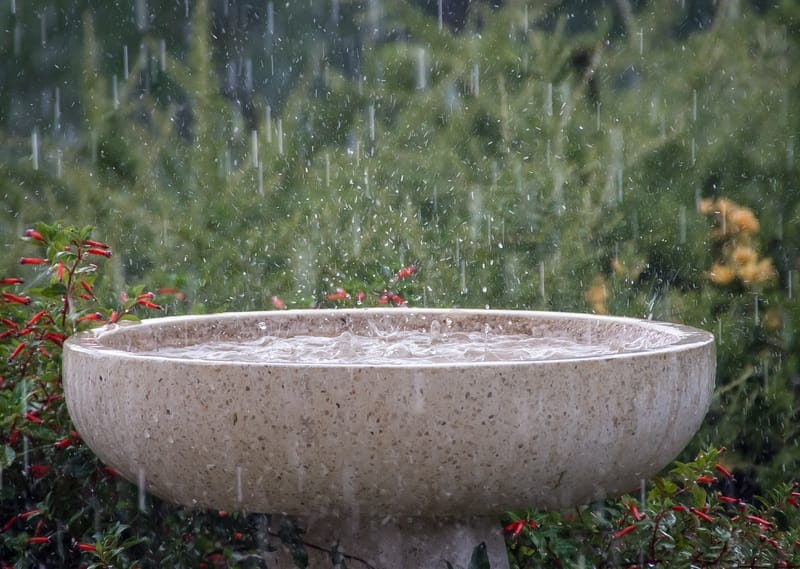
How to Prepare for Torrential Rain in the Garden
We can take precautions and measures to manage excessive rainfall. This can be done in several ways.
Pruning
To prevent damage to your plants and trees, prune them ahead of the wet season if possible to make them more airy and less prone to damage. While this may make your garden look sparse, the rain will stimulate new growth so it will soon bounce back. Pruning while it is dry and plants are likely dormant, will lessen the chance of infections getting into the cuts.
Gutters
Make sure your rain gutters are clear of debris to prevent excess water from spilling over and onto plant beds below.
Stormwater BMPs
Consider building some features that allow you to keep as much stormwater in your garden as possible, rather than having it run off into the street. Landscape professionals call these features "Stormwater BMPS". Stormwater BMPs can be used to get rebates if your local government offers incentives for reducing water use in your home gardens.
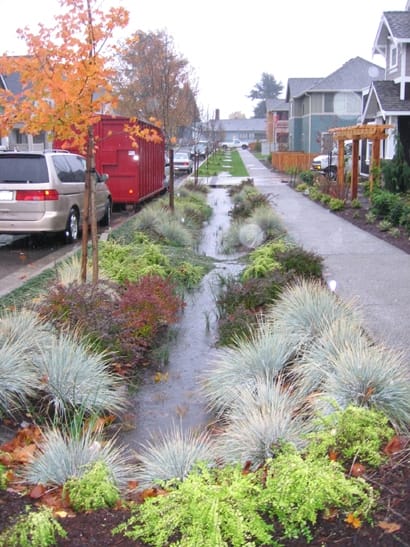
Stormwater BMPs will help to slow water velocity cross your soil and encourage water storage in your garden. The end result is less water sent to drains in the street and your garden plants can then tap into a sustainable water source.
Examples include Rain Gardens, Bioswales, Dry Creeks, Berms and Rain Barrels. Further details on these methods can be found in our blog post on Water Conservation.
